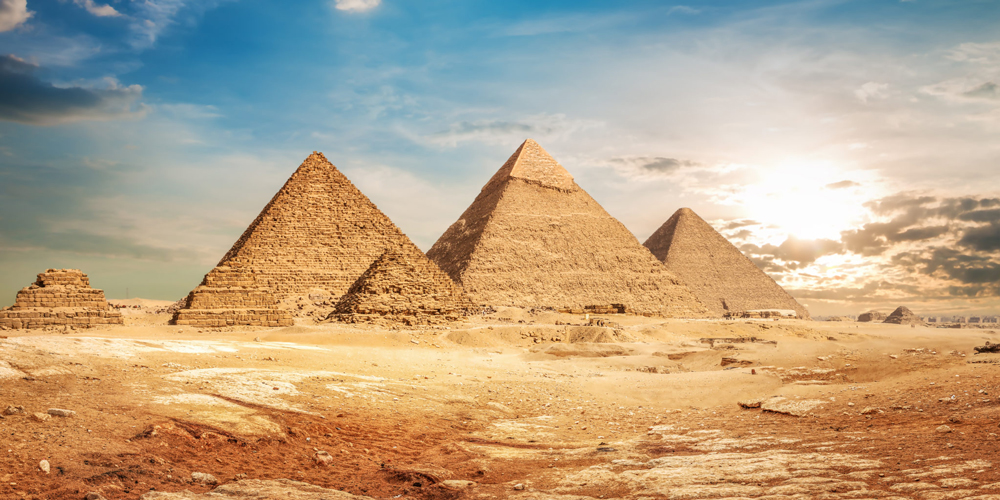The Lighthouse of Alexandria, renowned as one of the Seven Wonders of the Ancient World, was a monumental structure situated on the island of Pharos in Alexandria’s harbor, Egypt.
During its construction, the lighthouse soared over 300 feet high and was celebrated as a significant architectural feat. Unfortunately, today, it stands as a mere ruin.
The impressive edifice was constructed at the dawn of the 3rd century BCE, coinciding with the time when Ptolemy, a Greek general and former subordinate of Alexander the Great, ascended to the role of pharaoh.
The lighthouse served as a beacon to steer ships safely to shore and avert nighttime shipwrecks.
The construction of the lighthouse is believed to have spanned a decade, and in some estimates, it took up to three decades to complete. The project was finished during the reign of Ptolemy II, who ruled from 284 to 246 B.C.E.
The lighthouse was constructed in three distinct phases. Initially, its base was designed with a square shape. The middle section transitioned into an octagonal form, and the topmost portion of the lighthouse was cylindrical.
At night, a fire blazed at the top of the structure, which featured a bronze mirror designed to reflect the flame. This setup projected the light out across the sea.
The lighthouse’s visibility extended up to 30 miles, making it a crucial landmark for ships. Additionally, during daylight hours, the dense smoke from the fire further enhanced its visibility.
A statue was placed atop the lighthouse, enhancing its height. This statue could have represented Ptolemy, Alexander the Great, or a Greek deity.
Throughout its history, the lighthouse has experienced significant damage from earthquakes and undergone numerous repairs. Despite these challenges, its overall appearance has largely remained consistent.
The lighthouse was built using light-hued stone, with the seaward-facing side featuring an inscription dedicated to the god Zeus.
Between 796 and 956 C.E., the lighthouse suffered significant damage from a series of major earthquakes, resulting in numerous cracks. Further destruction occurred in 1303 and 1323 when additional powerful earthquakes and tsunamis dismantled the structure completely.
In 1480, the Sultan of Egypt constructed a fortress using the remnants of the lighthouse, signaling the end of the historic structure.

Until the 20th century, the Lighthouse of Alexandria remained lost to history, until archaeologists discovered its remains.
Archaeologists first took note of the ruins in 1906, 1940, and 1968. It wasn’t until 1994, however, that a comprehensive archaeological expedition was conducted to thoroughly explore the site.
Underwater photographs were taken of the lighthouse’s structural remnants. By late 1995, over 3,300 fragments of the lighthouse had been retrieved, with some now exhibited in museums throughout Alexandria.







